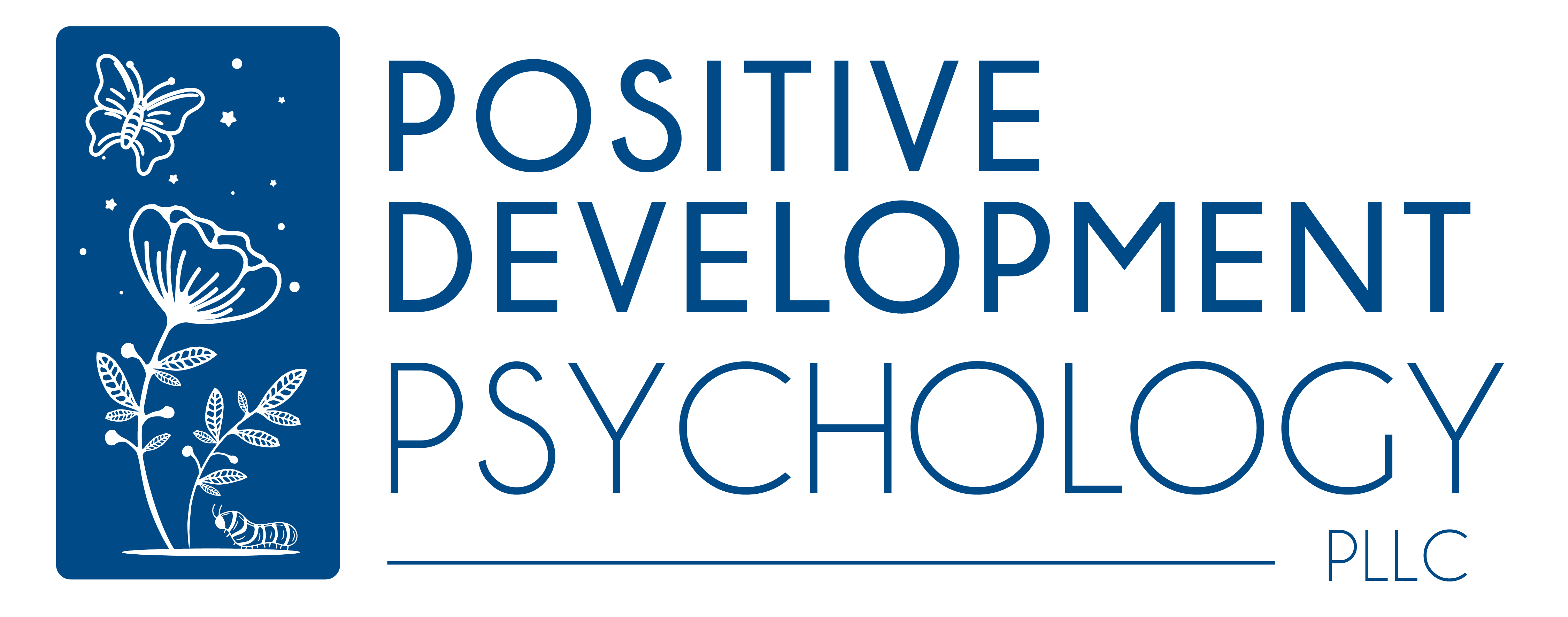Cognitive Behavior Therapy, also known as CBT, is the recommended treatment for children and adolescents with anxiety. Young people with anxiety often perceive everyday experiences as threatening and typically try to avoid anxiety-producing situations at all costs. They underestimate their ability to cope with anxiety, which can impact their ability to function at home, school, or in social situations. When left unaddressed, anxiety can worsen over time. If you are the parent of an anxious child or teen, it’s critical to seek timely child or adolescent therapy services with an anxiety specialist who utilizes evidence-based treatments, such as Cognitive Behavior Therapy. There is also a parent-based intervention, called Supportive Parenting for Anxious Childhood Emotions (SPACE), which is another effective means for treating child and adolescent anxiety.
Using Cognitive Behavior Therapy to Treat Child and Adolescent Anxiety
Cognitive Behavior Therapy is an evidence-based treatment that empowers children and adolescents with skills to manage their anxiety. CBT teaches young people how their thoughts, feelings, and behaviors influence each other and gives them the tools to change how they look at or respond to a situation. For example, an anxious student who is asked to make a presentation at a school assembly might think to themselves, “I’ll never be able to face my classmates again if I make a mistake during my presentation and embarrass myself.”
With guidance from a CBT therapist, this student could learn tools to identify thinking errors, challenge anxious thoughts, and replace them with thoughts that are more helpful and accurate. This student could also gain an understanding that avoidant behavior, such as staying home on the day of the assembly, might lead to feeling relieved in the moment, but would strengthen anxiety in the long term and make them even more anxious the next time they need to make a presentation. Additionally, CBT can provide an assortment of tools and strategies, including mindfulness and relaxation practices, problem-solving skills, and many others.
Exposure therapy, a form of CBT, allows children and adolescents to face their fears one step at a time in a supportive environment until their anxiety subsides. For example, a child who is afraid of dogs might start by looking at pictures or videos of dogs. This child would continue taking incremental steps, such as going to a park to observe a leashed dog in the distance, until they are eventually able to tolerate petting a dog without a leash. In addition to being used to address phobias, exposure therapy is an effective treatment component for other anxiety disorders and can be used to confront a variety of anxiety-producing thoughts, objects or situations.
Other Child and Adolescent Anxiety Treatments
Supportive Parenting for Anxious Childhood Emotions (SPACE) is another evidence-based treatment for children and adolescents with anxiety. SPACE is a short-term, parent-based intervention that does not require the child’s participation. Research shows that SPACE is as effective as CBT. With the support of a therapist trained in SPACE, parents learn how to best support their anxious child, while decreasing family accommodation.
Accommodation refers to everything parents and other family members do to help a child avoid the experience of anxiety. For example, if parents cancel their date night because their child is worried about staying with a babysitter, that is accommodation. Another example of accommodation would be parents who speak on behalf of their child because their child gets nervous during social interactions. Both of these situations enable the child to rely on their parents to avoid anxiety-provoking experiences rather than learn to independently manage anxiety, which also serves to strengthen anxiety in the long term.
Parents who participate in SPACE often find that the tools they gain lead to increased coping for the child and contribute to the well-being of the entire family. SPACE can be used as a standalone intervention or in combination with CBT. For children or adolescents with more severe anxiety that has not been responsive to therapy alone, a consultation with a psychiatrist may be warranted to see if a combination of therapy and medication would be appropriate.
Seeking Therapy for Child or Adolescent Anxiety?
If you are a resident of New York or Connecticut and are considering anxiety treatment for your child or teen, contact Positive Development Psychology at 914-432-4000 or at info@PositiveDevelopmentPsychology.com to learn how we can help. Positive Development Psychology provides CBT and SPACE.

